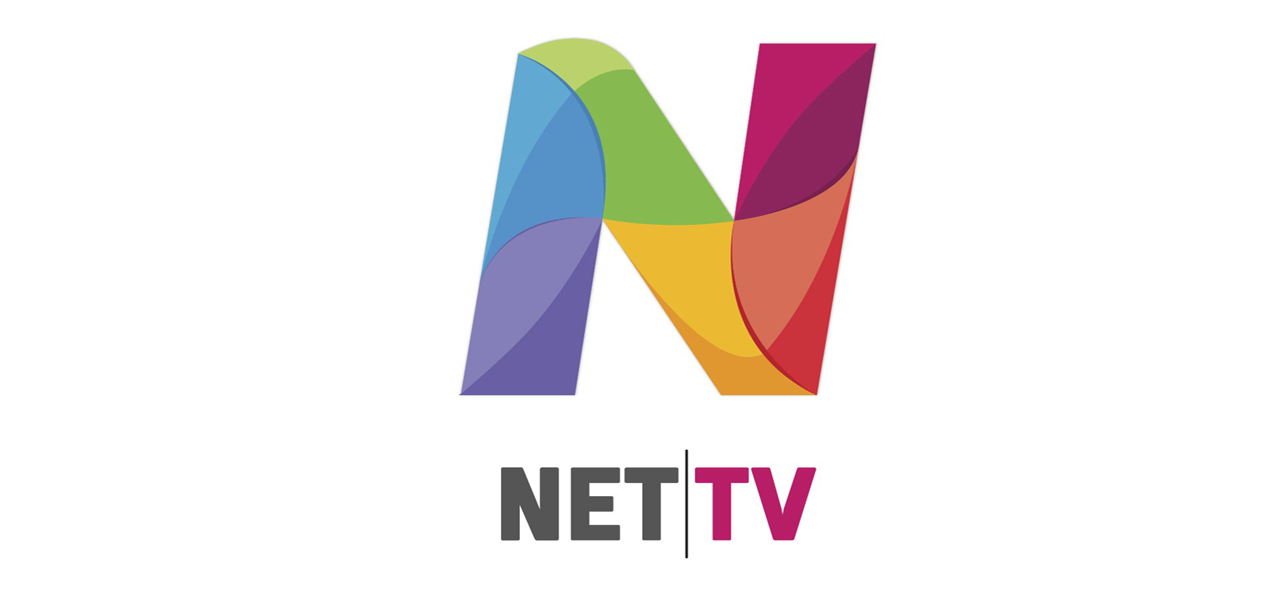

HubNet is a technology that uses NetLogo to run participatory simulations in the classroom.

If a wolf or sheep has zero energy, it dies. Wolves and sheep lose energy by moving.Sheep and wolves move randomly and have limited energy.There are two breeds of turtles, called sheep and wolves.It models the population growth of a predator/prey system over time. Examples Ī simple multiagent model in NetLogo is the Wolf-Sheep Predation model, which is shown in the screenshot above. However, it does not have all features of the desktop version, and the official website advises that the "desktop version of NetLogo is recommended for most uses". NetLogo Web is a version that runs on JavaScript, instead of the JVM, so models may be run in a web browser.
#Netlogo reporter code#
At its core is a hybrid interpreter/compiler that partially compiles user code to JVM bytecode. It is written in Scala and Java and runs on the Java virtual machine (JVM).
#Netlogo reporter license#
NetLogo is free and open-source software, released under a GNU General Public License (GPL). "Fundamentals of Multiagent Systems Using NetLogo" (PDF).Īs of 2019, several massive open online courses are being offered that use NetLogo for assignments and/or demonstrations: Santa Fe, New Mexico: Santa Fe Institute Press. Agent Based Modeling for Archaeology: Simulating the Complexity of Societies. Computational Neuroscience and Cognitive Modeling (CCL). Simulation for the Social Scientist, Second Edition. Spatial Simulation: Exploring Pattern and Process. O'Sullivan, David Perry, George (2013).Agent-Based and Individual-Based Modeling: A Practical Introduction. An introduction to agent-based modeling: Modeling natural, social and engineered complex systems with NetLogo. Several books have been published about NetLogo. In addition to agent-based modeling, NetLogo also includes basic support for dynamic system modeling. NetLogo was designed and authored by Uri Wilensky, director of Northwestern University's Center for Connected Learning and Computer-Based Modeling (CCL). Many teachers make use of NetLogo in their curricula. It is in use in a wide variety of educational contexts from elementary school to graduate school. NetLogo is open source and freely available from the NetLogo website. Beyond exploring, NetLogo allows authoring new models and modifying extant models. NetLogo allows exploration by modifying switches, sliders, choosers, inputs, and other interface elements. It comes with an extensive models library including models in a variety of domains, such as economics, biology, physics, chemistry, psychology, system dynamics. The NetLogo environment enables exploration of emergent phenomena. Many scientific articles have been published using NetLogo. NetLogo was designed with multiple audiences in mind, in particular: teaching children in the education community, and for domain experts without a programming background to model related phenomena. It teaches programming concepts using agents in the form of turtles, patches, links and the observer. NetLogo was designed by Uri Wilensky, in the spirit of the programming language Logo, to be "low threshold and no ceiling". NetLogo is a programming language and integrated development environment (IDE) for agent-based modeling. 30 September 2022 7 months ago ( 30 September 2022)


 0 kommentar(er)
0 kommentar(er)
